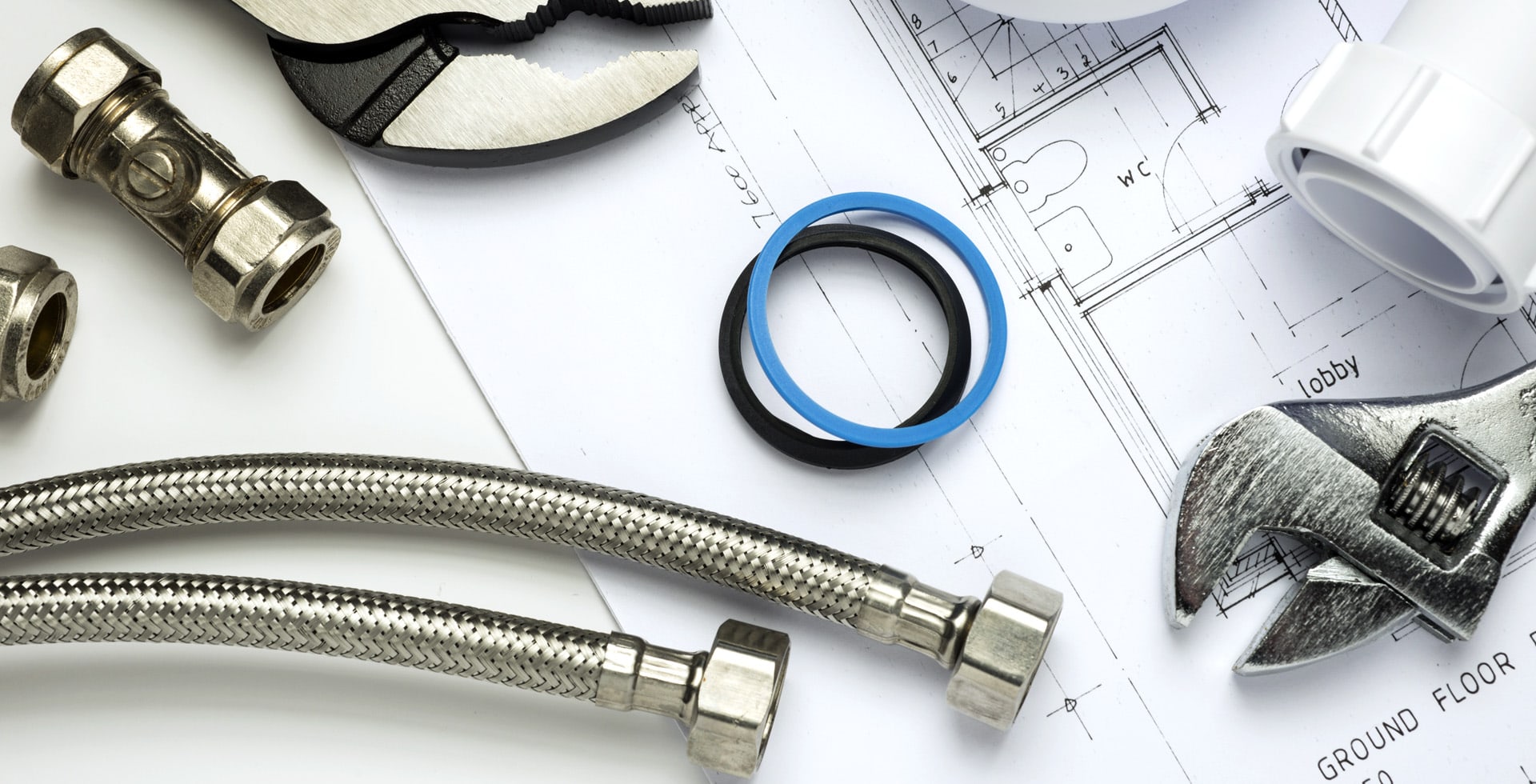“`html
How to Change Locks After Losing Your Keys
Misplacing your keys can be a frustrating experience, and feeling unsafe in your own home after losing them is entirely valid. Changing your locks is a necessary step to ensure your security. This guide will walk you through the process of changing locks after losing your keys, so you can regain peace of mind.
Assess the Situation
Before taking any action, it’s important to assess the situation. Consider the following:
- Did you lose your keys at home or outside?
- Is there any chance someone may have found them?
- Have they fallen into the hands of anyone who could gain unauthorized access?
Answering these questions will help you determine the urgency of changing your locks.
Decide on the Type of Lock
When changing locks, you have several options to choose from:
- Deadbolt Locks: Offer a higher level of security compared to standard doorknob locks.
- Smart Locks: These can be operated via smartphones and often include security features like alarms or alerts.
- Knob Locks: Typically less secure, they are best used in conjunction with a deadbolt.
Consider your security needs and budget when choosing the type of lock to install.
Gather Necessary Tools
Before you start changing your locks, ensure you have the following tools on hand:
- Screwdriver (flat head and Phillips)
- Replacement lock set
- Tape measure
- Pencil (for marking)
Having these tools ready will make the process smooth and efficient.
Remove the Old Lock
To replace your old lock, follow these steps:
- Locate the screws on the inside of your door that hold the lock in place.
- Use the appropriate screwdriver to remove these screws.
- Carefully pull out the lock from the door, taking care not to damage the door frame.
Install the New Lock
Once the old lock is removed, install the new lock as follows:
- Align the new lock with the holes in the door.
- Insert the lock from the exterior side and secure it with screws from the inside.
- Ensure the lock operates smoothly before tightening the screws completely.
Check for any misalignment or issues before proceeding to the next step.
Test the New Lock
After installation, testing the new lock is crucial. Follow these steps:
- Lock the door and then unlock it several times to ensure proper function.
- Make sure the key turns smoothly without any obstruction.
- Check if the lock is secure when locked.
Consider Additional Security Measures
If you’re concerned about your security after losing your keys, consider implementing these additional measures:
- Rekeying: If you’re not ready to replace the entire lock, rekeying can change the internal mechanism, rendering the lost keys useless.
- Installing Security Cameras: Adding surveillance can deter future unauthorized access.
- Alarm System: Consider investing in a home security system for added peace of mind.
Professional Help
If the DIY approach feels overwhelming or if you’re not confident in your ability to change the locks, hiring a professional locksmith can be a wise choice. They can efficiently handle the installation and ensure all measures are taken for security. Here’s what to consider:
- Look for a local locksmith with good reviews.
- Ask about their credentials to ensure they are licensed.
- Get multiple quotes to compare pricing.
Preventing Future Lockouts
After changing locks and ensuring your home is secure, consider these tips to prevent future lockouts:
- Keep spare keys with trusted neighbors or friends.
- Invest in smart locks that allow keyless entry.
- Establish a routine to check for your keys before leaving home.
Conclusion
Changing your locks after losing your keys is an essential step to protect your home and belongings. Whether you choose to do it yourself or hire a professional, ensuring that you’ve selected a secure lock and verified its functionality will enhance your safety. By following the steps outlined in this guide, you can swiftly regain control and confidence in your home security. Always remain proactive about your locksmith needs and take preventative measures to avoid future issues.
“`

